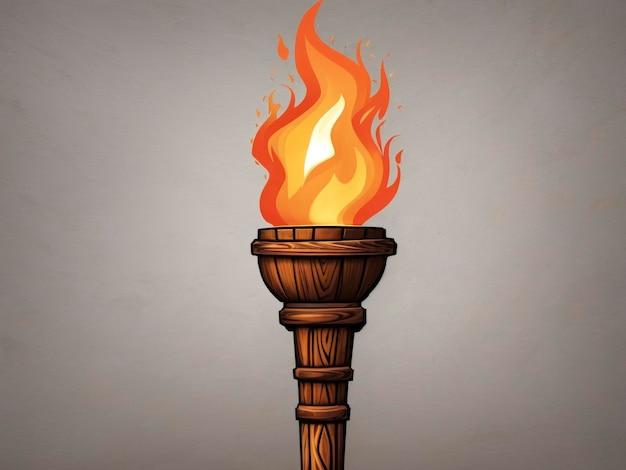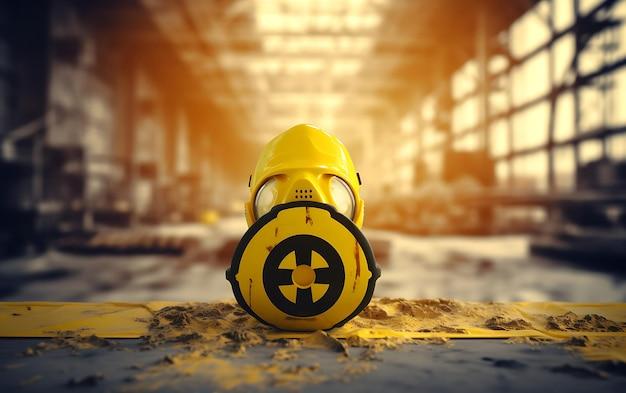Heat duty is an important concept in the field of process engineering, particularly when it comes to designing and optimizing equipment such as furnaces and reboilers. Understanding heat duty is crucial for ensuring efficient operation and energy conservation.
In this blog post, we will delve into the basics of heat duty, its calculation formula, and its relevance in various industrial processes. We will address common questions, including how heat duty is calculated on a furnace, the difference between a boiler and a reboiler, and how to control the liquid level in a reflux drum.
So, if you’ve ever wondered about heat duty and its impact on process efficiency, join us as we explore this fascinating topic. By the end of this post, you’ll have a solid understanding of heat duty and its implications in the world of process engineering. Let’s get started!

What is Heat Duty Formula?
Heat duty formula, also known as heat transfer calculation formula, is a mathematical equation used to determine the amount of heat transfer required in a specific process or system. It helps engineers and scientists understand the energy requirements and design heating or cooling systems accordingly. So, let’s dive into the exciting world of heat transfer calculations, where numbers meet heat waves!
Understanding the Basics: Heat Transfer
Before we jump into the intricate details of heat duty formulas, let’s quickly refresh our memories on heat transfer. Heat transfer occurs when there is a temperature difference between two objects or substances in contact. It can take place through conduction, convection, or radiation. Think of it like this: heat is a wild traveler, always moving from regions of higher temperature to lower temperature.
The Fundamental Heat Equation: Q = mcΔT
Now, let’s get down to business and examine one of the most fundamental heat duty formulas, which involves calculating the amount of heat transferred, denoted by Q. The equation goes like this:
Q = mcΔT
Hold on a second, what do all these letters and symbols mean? Let’s break it down:
- Q: The amount of heat transferred (in joules or calories)
- m: The mass of the substance being heated or cooled (in kilograms or pounds)
- c: The specific heat capacity of the substance (in joules per kilogram per degree Celsius or calories per gram per degree Celsius)
- ΔT: The temperature difference between the initial and final states of the substance (in degrees Celsius or Kelvin)
In simpler terms, this formula tells us how much heat is needed to raise or lower the temperature of a certain amount of substance by a specific amount. It’s like adding or subtracting energy from a substance to make it hotter or colder.
Putting the Formula to Work: A Cheesy Example
Enough with the theory, let’s spice things up with a cheesy example! Imagine you’re a cheese enthusiast (who isn’t?), and you want to melt a massive 5 kilograms (about 11 pounds) of your favorite cheddar cheese. You know that the specific heat capacity of cheddar cheese is approximately 2.09 joules per gram per degree Celsius (or 500 calories per kilogram per degree Celsius).
Now, you’re thinking, “How much heat do I need to amaze my taste buds?” Time to plug in the numbers into our trusty heat duty formula:
Q = 5 kg * 500 cal/kg°C * ΔT
Let’s say you want to raise the temperature of the cheddar cheese from 20°C to a mouthwatering 40°C. So, ΔT (temperature difference) would be 20°C.
Q = 5 kg * 500 cal/kg°C * 20°C
And after some simple math:
Q ≈ 100,000 calories = 418,400 joules
Oh, bubbling cheese goodness! You need approximately 100,000 calories (or 418,400 joules) of heat to turn that cheddar into a melty paradise. Just be careful not to drool on your calculations!
Bells and Whistles: Considering Additional Factors
Of course, heat duty formulas can become more complex and sophisticated when other factors come into play. For instance, if you’re dealing with a liquid or gas, you might need to account for heat transfer coefficients, surface areas, and flow rates. But fear not, as there are specific formulas and equations tailored for different scenarios — all with the same goal of understanding heat transfer better.
Now that you’ve grasped the essence of heat duty formulas, you’re equipped to dive into the fascinating world of heat transfer calculations. Remember, these formulas are like secret codes that help engineers and scientists unlock the mysteries of heat transfer. So, go forth and calculate, my heat-loving amigos!

FAQ: What is Heat Duty Formula?
What if the relative volatility is less than 1
If the relative volatility is less than 1, it indicates that the components in the mixture have similar boiling points. This means that it would be more challenging to separate them using distillation. But hey, don’t lose hope! You can always explore alternative separation methods like absorption or extraction.
How is heat duty calculated on a furnace
Calculating the heat duty on a furnace is crucial to ensure optimal performance. The heat duty can be determined by multiplying the mass flow rate of the fluid by the specific heat capacity of the fluid and the temperature difference between the inlet and outlet. Remember, it’s all about getting that heat just right!
What is the difference between a boiler and a reboiler
Ah, the age-old question of boilers and reboilers! Both play essential roles in different processes. A boiler is typically used to generate steam for heating or power generation, while a reboiler is used specifically in distillation columns to provide heat for the separation process. So, think of a boiler as the warm hug for your whole system, and a reboiler as the fiery passion igniting your distillation column.
How do you control the liquid level in a reflux drum
Controlling liquid levels can be a bit tricky, but fret not! In a reflux drum, you can maintain the desired liquid level by using a combination of a level control valve and a level sensor. Just like a diligent bartender, they work together to ensure the perfect balance, keeping your distillation process running smoothly.
What is the heat duty
The heat duty is the amount of heat required or transferred in a process. It’s like the superhero swooping in to save the day, ensuring that everything gets heated up just right. Whether it’s melting chocolate or powering an entire industrial plant, heat duty has got your back!
What is the heat duty formula
Ah, the golden formula for heat duty calculations! Brace yourself: it’s mass flow rate multiplied by the specific heat capacity of the fluid, and the temperature difference between the inlet and outlet. It’s the secret recipe that enables engineers to determine the right amount of heat needed for a process. Just like in cooking, it’s all about the perfect balance!
What factors affect reboiler duty
Ah, the factors that can make or break a reboiler duty! Various elements come into play, such as the composition and properties of the fluid being distilled, the desired separation efficiency, the operating pressure, and, of course, the heat transfer area and the effectiveness of the reboiler itself. It’s a delicate dance between science and engineering, but oh-so-rewarding when done right!
How is heat reboiler duty calculated
Calculating heat reboiler duty may seem like a daunting task, but fear not! It can be determined by multiplying the mass flow rate of the liquid being vaporized by the latent heat of vaporization. Simply put, it’s like calculating the energy required to transform a shy caterpillar into a majestic butterfly. Ah, the wonders of thermodynamics!
What if there is no reflux in a distillation column
Oh no, no reflux in a distillation column? That’s like having a party with no music! Reflux, dear reader, is vital for the separation process in a distillation column. Without it, the efficiency of the column would plummet, and separation would become a messy affair. So, remember to invite reflux to the distillation party!
Which material is the most volatile
Ah, the chase for the most volatile material! If you’re on the quest for high volatility, it’s the lightest component in a mixture that holds the crown. These components have the lowest boiling points and can dive into the air with effortless grace. They are the wild spirits of the chemical world, always eager to escape their liquid cage and venture into the unknown.
What is the difference between reflux and distillation
Ah, the love story of reflux and distillation! They go hand in hand, but they each have their unique roles to play. Distillation is the process of separating components in a mixture based on their boiling points, while reflux is the technique used to recycle the condensed vapor back into the distillation column. It’s like a dance of condensation and evaporation, where every step brings you closer to pure liquid perfection.
How do you achieve minimum reflux
Ah, the pursuit of minimalism in reflux! To achieve minimum reflux, one must find the sweet spot where the amount of condensed liquid sent back to the column is just enough to maintain the desired separation. It’s like finding that perfect balance between too much ice cream and not enough toppings. Efficiency and elegance go hand in hand in the art of minimum reflux!
Stay tuned for more useful and entertaining FAQs. Remember, the world of heat duty formulas is just heating up in 2023!
